Our busy lives demand that we have everything we need on hand. These “fit in your pocket” devices offer you on the go help, as you need.
Inhalers are the small spray devices that deliver your asthma medication. They release a puff of medication (which could be in either a spray or powder form) which you breathe directly into your lungs. Inhalers work best when you use a spacer. Inhalers can be used for both reliever and controller medication.4, 5
There are many different types of inhalers and each of these has a special method they need to be used. Make sure to listen carefully when your doctor or pharmacist explain this to you and ask them if they have an easy to read manual to keep.5
How to use a metered-dose inhaler:4
Some of the types of inhalers* available are:5
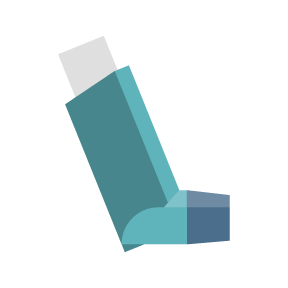
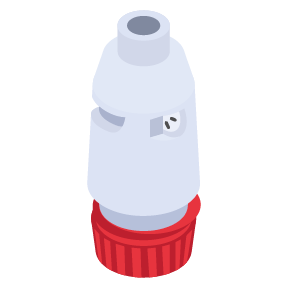
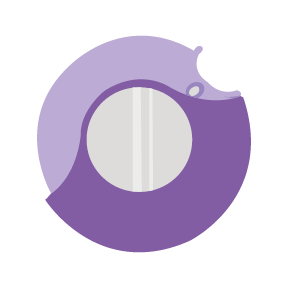
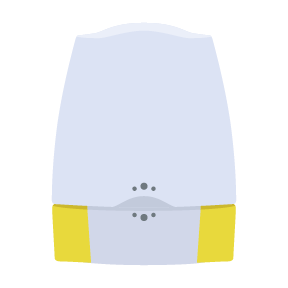
A Spacer is a plastic container that is used with a metered-dose inhaler (MDI) to inhale medication into your lungs. Using a Spacer makes dosing easier and more effective, reducing side effects like oral thrush. It has an opening at one end to insert your inhaler and a mouthpiece or mask at the other end for you to breathe in your medicine.
Spacers should be cleaned regularly and replaced as per the manufacturer’s instructions. There is more than 1 type of Spacers and instructions on how to use them are described below.5
How to use a Spacer:5
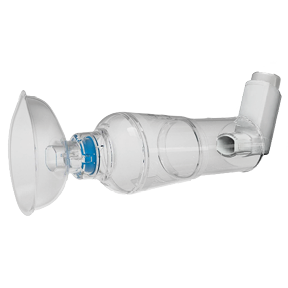
A Peak Flow Meter looks like a small plastic tube which you breathe into as hard and fast as you can. On the side, a marker measures your peak flow rate, which is a measure of how fast you breathe air out of your lungs using maximum effort, and this is used to check if your asthma is under control.3, 5
How to use a Peak Flow Meter:
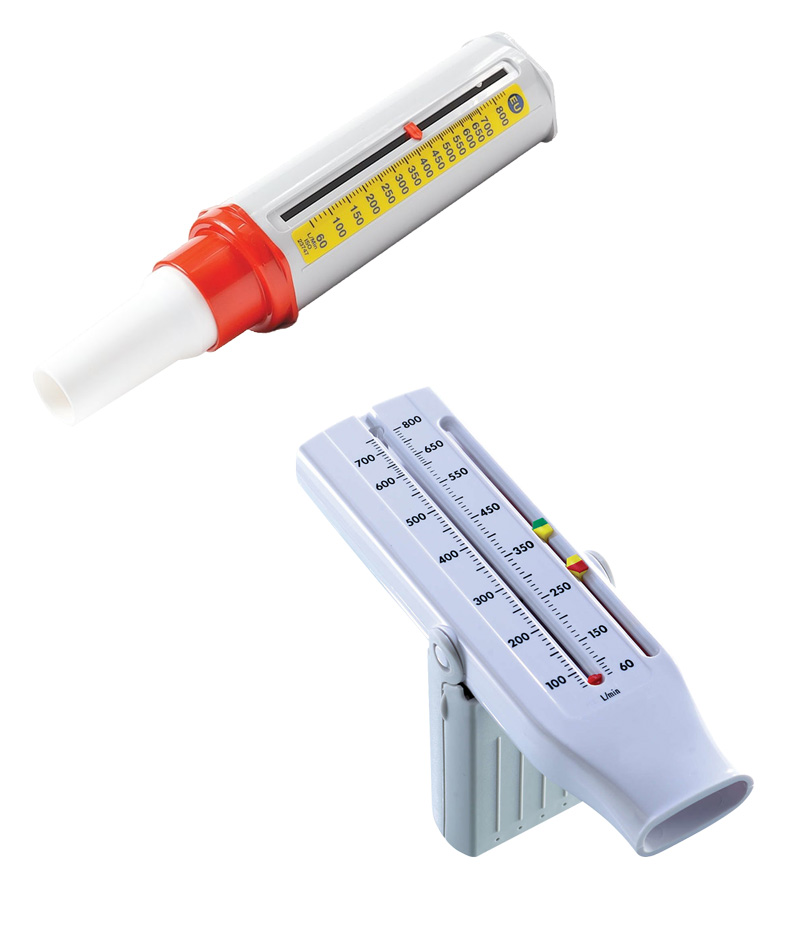
A nebuliser is a device which changes liquid medication into a very fine mist which is then breathed in through a mask or mouthpiece, reaching even the smallest parts of the lung.
Nebulised therapy is often used when:
Due to advances in the types of inhalers and spacers available today, there is less need for nebulised therapy; however, in certain circumstances, it may be prescribed.
Patients with severe asthma often are prescribed a nebuliser for home use.5, 12
Nebulisers can also be used in the tests that are run by the doctor to diagnose asthma, alternatively, it can be used for the treatment of other conditions, as occasionally high doses of corticosteroids or antibiotics need to be delivered into the lungs.
A nebuliser can be used by all ages, as babies and small children could use a mask and older children and adults could receive the medication via either a mask or a mouthpiece.12
Not all nebulisers are the same. To recommend the use of a specific nebuliser, your doctor will also look at the type of medication he is prescribing and which machine will deliver the best treatment. The size of the medication particles, the output of the nebuliser, how long the medication needs to be administered for and how much of the drug could get lost during treatment, are some of the points he will look at before recommending a specific type of nebuliser.11
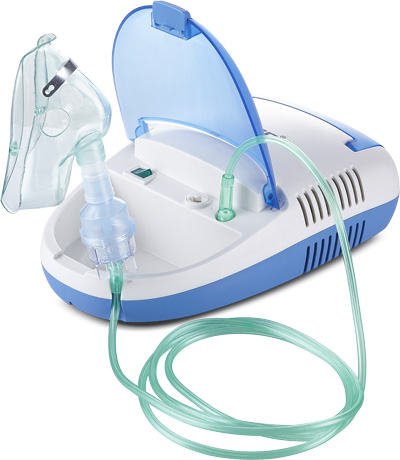
Here are some of the nebulisers that are being used to treat asthma:
|
Type of nebuliser |
Feature(s) |
|---|---|
| Ultrasonic nebuliser11 | Not used very often, a quiet machine. Used for nebulising large volumes of liquids. |
| Jet nebuliser11 | Uses compressed gas to create an aerosol. Provides a continuous flow, but a lot of medication is lost. Inexpensive, and is used for reliever medication or steroids. |
|
Breath-assist jet nebuliser11 |
A jet nebuliser that uses inhalation to increase the rate of nebulisation. Less medication is lost and it is easier to predict how much drug reaches the lungs. Treatment with this device may last longer than other machines. |
| Mesh nebuliser11 | Uses back and forth vibrating motion to create an aerosol. Operates with batteries and is small enough to carry around. Does not use compressed air, is lightweight and silent. |
A nebulising session could last 5 to 10 minutes and the following are helpful tips on what to do during such a session:12
To get the best performance from your nebuliser, you need to take proper care of the machine after treatments: